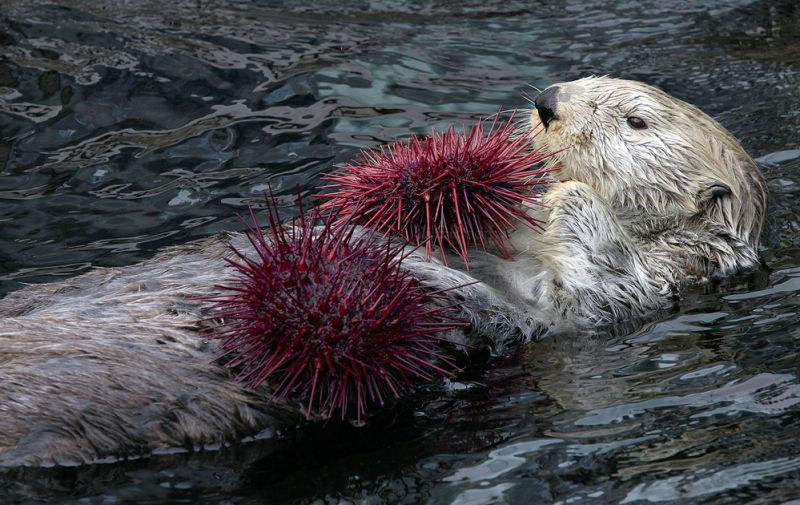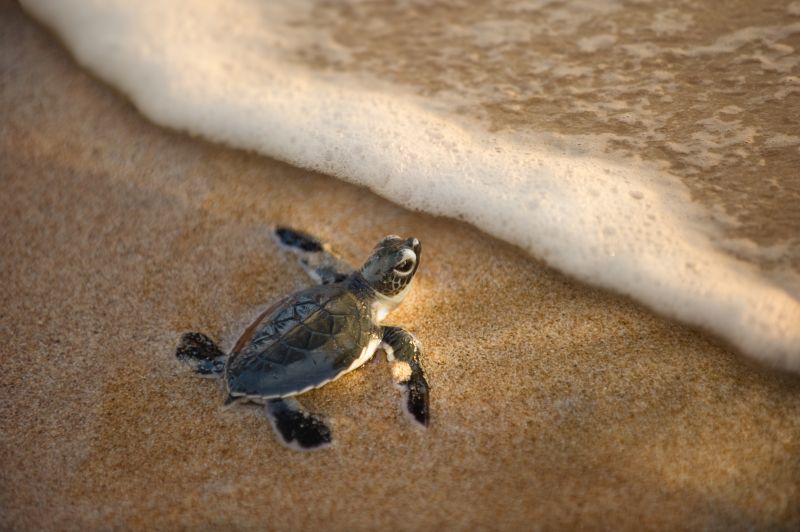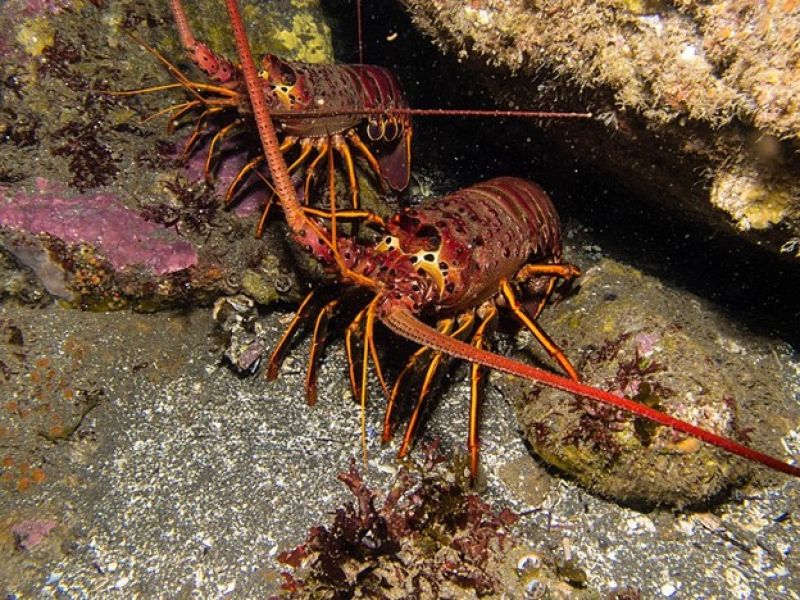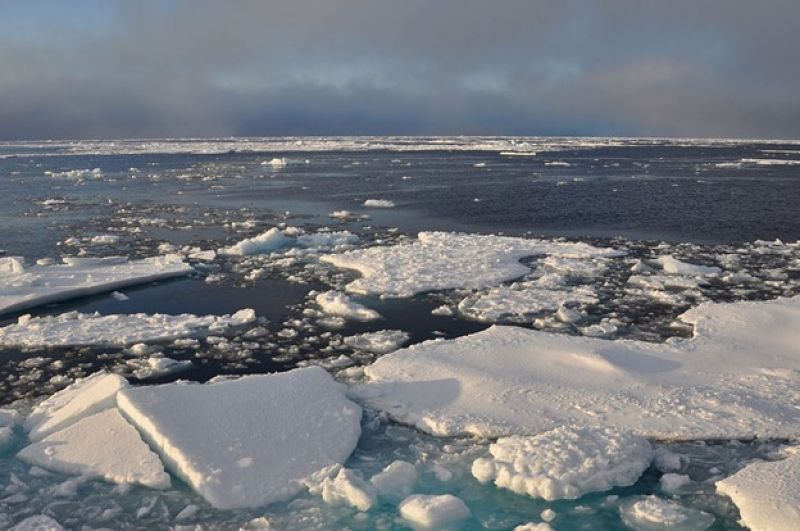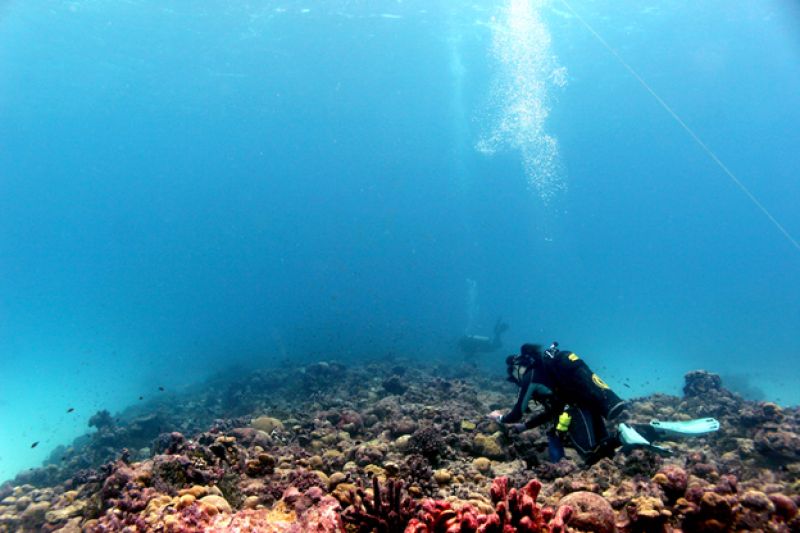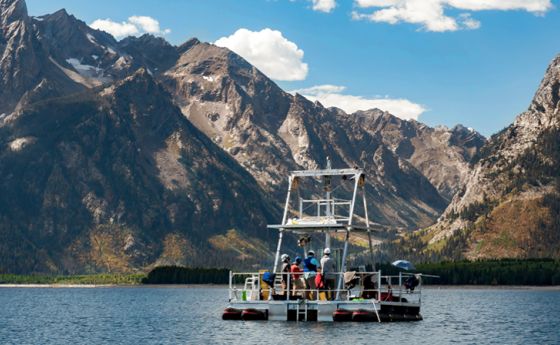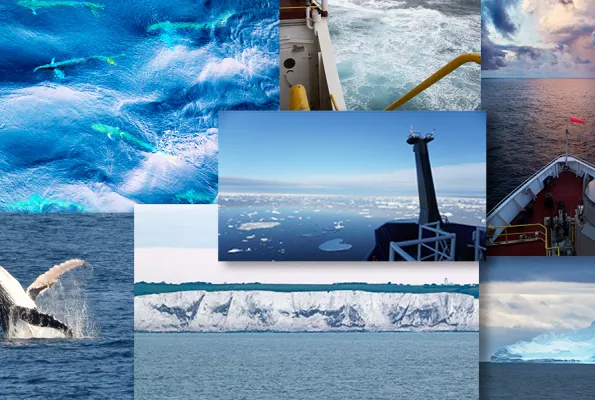
Mysteries of the Seven Seas revealed through NSF funding
The ocean: Artists capture it in paint; poets in words. Beachgoers gaze at its vastness; researchers study its mysteries.
Nearly 97% of the water on Earth is in its oceans. They affect the weather, atmosphere, where people live, what they eat and countless other aspects of life. But there is still much to discover about the "Seven Seas": the Arctic, North Atlantic, South Atlantic, Indian, North Pacific, South Pacific and Southern Oceans.
The U.S. National Science Foundation supports scientists investigating the processes that drive the oceans. Piece by piece, they are putting together a mosaic that reveals how the seas and the blue planet work. On World Oceans Day -- and every day -- that information is critical to the future of life on Earth.
1. Sea otters keep remaining California kelp forests alive
Sea otters: they're among the public's favorite ocean creatures. They also have an important ocean role as dominant predators that help maintain the balance of kelp forest ecosystems by controlling numbers of sea urchins. Sea urchins feed on kelp and can quickly decimate a forest of the seaweed unless otters are around to control the urchins’ numbers. A team of sea otter researchers conducted intensive underwater surveys along the Monterey Peninsula over a span of three years to determine the role sea otters play in helping combat the widespread kelp forest decline off the California coast since 2014.
The study, built on decades of long-term monitoring of sea otter populations and kelp forest ecosystems, found that otters seek the areas with the best sources of food. The sea urchins have shifted their behavior to active foraging in the kelp forests, and the otters are preying on healthy urchins. The responses of predators and prey to changing conditions can determine the fate of an entire ecosystem.
2. High-resolution ocean model looks at sea turtles' lost years
A detailed global ocean model has given scientists insights into where baby sea turtles spend their "lost years" -- the time after they scramble off the beaches where they are born and into the ocean.
To understand where sea turtle hatchlings are swept when they enter the open water -- and how favorable that habitat is to turtle survival -- scientists needed high-resolution models that simulated global ocean movement and that included smaller scale ocean features such as the eddies that transport the young turtles.
This look at an important period in the life cycle of endangered loggerhead turtles could contribute to more comprehensive conservation efforts.
3. The spillover effect of marine reserves
Marine reserves are among the best conservation tools available. However, the loss of fishing grounds that comes with them can make them unpopular with commercial fishers. In theory, reserves provide a refuge for stocks to rebuild and spill over into nearby waters, leading to improved catch rates there. Researchers sought to determine the extent to which the spillover effect compensated for the loss of areas incorporated into marine reserves.
Using catch reports, scientists compared lobster populations and catch records from waters off the coast of Santa Barbara and Goleta, California, home to three reefs open to fishing and two reefs incorporated into marine reserves in 2012. Data indicate that a roughly 225% increase in lobster catch off the coast of California near marine reserves was accompanied by a 250% increase in fishing activity. The increased effort was targeted largely near the borders of the reserves, as fishers "fished the line" to catch lobsters that spilled over from the reserves into fishable areas.
4. Record-high Arctic freshwater affects marine environment and Atlantic Ocean currents
The Beaufort Sea, the largest Arctic Ocean freshwater reservoir, has increased its freshwater content by 40% over the past two decades. How and where this water flows into the Atlantic Ocean is important for local and global ocean conditions.
A study shows that the freshwater travels through the Canadian Archipelago to reach the Labrador Sea, rather than through wider passageways that connect to seas in Northern Europe. The finding has implications for the Labrador Sea environment since Arctic water tends to be fresher and rich in nutrients. This pathway also affects larger ocean currents such as a conveyor-belt circulation in the Atlantic Ocean in which colder, heavier water sinks in the North Atlantic and returns along the surface as the Gulf Stream. Fresher, lighter water entering the Labrador Sea could slow that important overturning circulation.
5. Sea ice kept oxygen from reaching the deep ocean during last ice age, study finds
Extensive sea ice covered the world's oceans during the last ice age, blocking oxygen from penetrating into deep ocean waters and complicating the relationship between oxygen and carbon. Understanding this relationship provides insights into how the world's oceans may respond to climate change.
The ocean plays a major role in the global carbon cycle. Carbon dioxide from the atmosphere dissolves in surface waters, where algae turn the carbon into organic matter. The process of transferring carbon from the surface of the ocean to its deep waters is known as the biological pump. Deep ocean oxygen concentrations were reduced in the last ice age because surface waters were less equilibrated with the atmosphere. The disequilibrium was a result of the vast amount of sea ice, mainly over the Southern Ocean, blocking the route.
6. Coral recovery during a prolonged heatwave offers new hope
Some corals have managed to survive a globally unprecedented ocean heatwave, providing hope for the long-term survival of reefs. During a heatwave, corals release the microscopic algae that live in their tissues, causing the corals to turn white. That often causes corals to die from starvation, as the microscopic algae provide sugars that support their coral hosts.
To date, coral recovery from bleaching has only been observed after heat stress subsides. Seeing corals recovering from bleaching while still in hot waters is a game-changer, scientists say. Finding ways to boost coral survival through marine heatwaves is crucial if reefs are to endure the coming decades of climate change.
7. Deep-sea volcanoes: Windows into the subsurface
Hydrothermally active underwater volcanoes account for much of Earth's volcanism and are mineral-rich biological hotspots, but little is known about the diversity of microbes living in these superheated systems.
Researchers have found that at one such volcano, Brothers submarine arc volcano northeast of New Zealand, the geological history and subsurface hydrothermal fluid paths show the complexity of microbial life on the seafloor. The results provide insights into how past and present subsurface processes could be responsible for that microbial diversity.
Microbes in hot springs get their energy in part from the geochemistry of the hot water flowing through the springs. Since two types of hydrothermal systems, seawater- and magmatic gas-influenced, coexist at Brothers, microbes in this active volcano's cone sites are very different from those on its caldera wall -- one more mystery of the seven seas scientists are beginning to solve.

